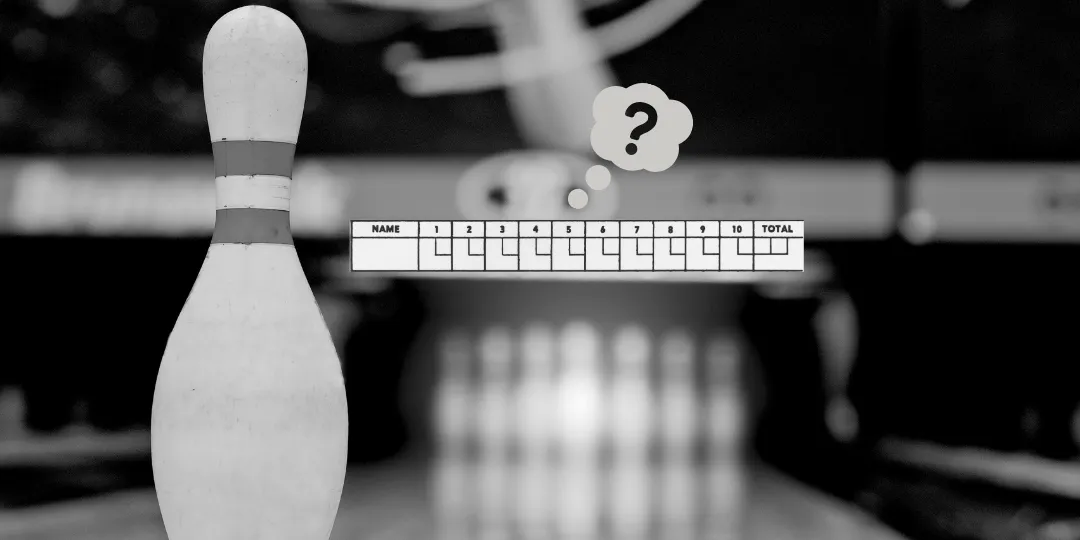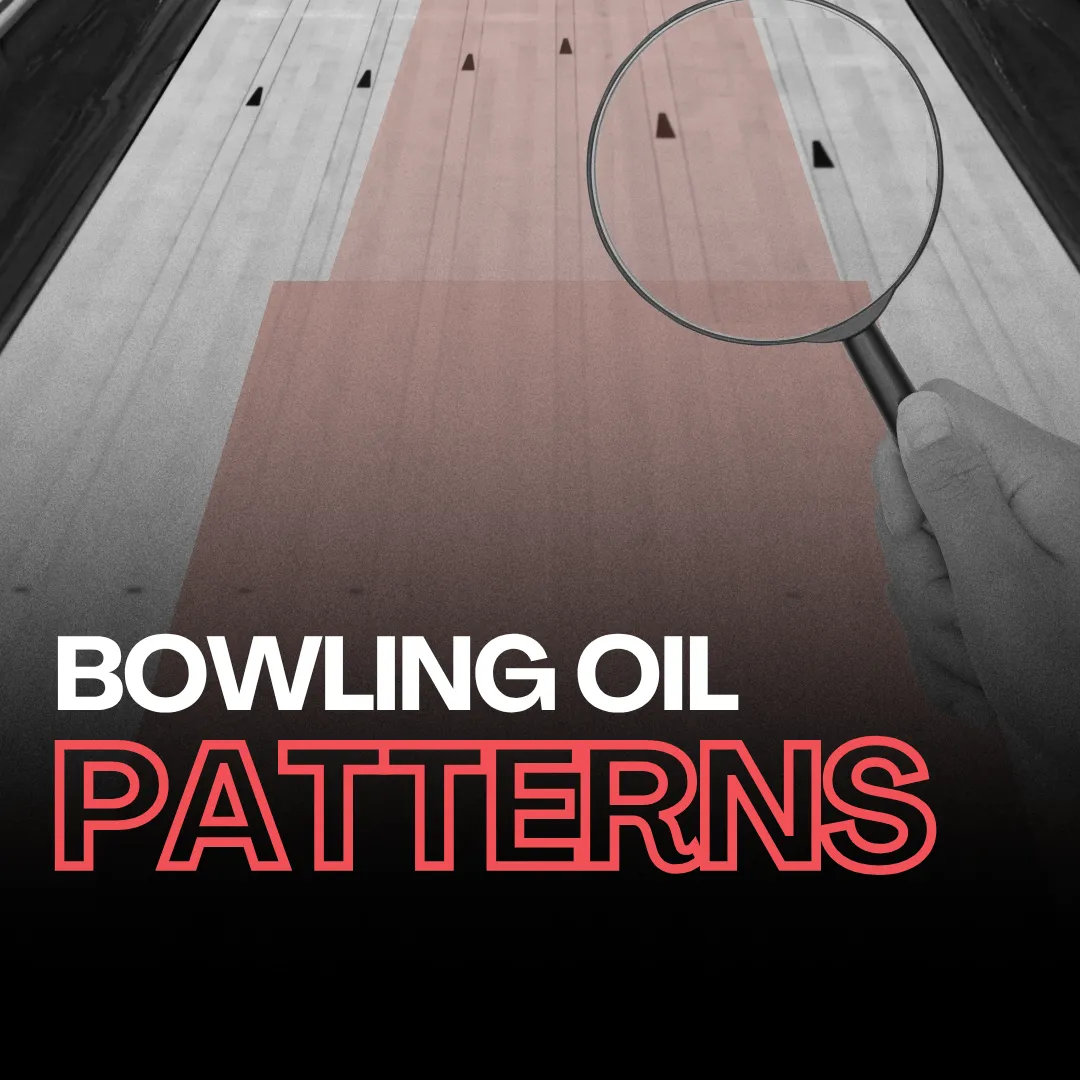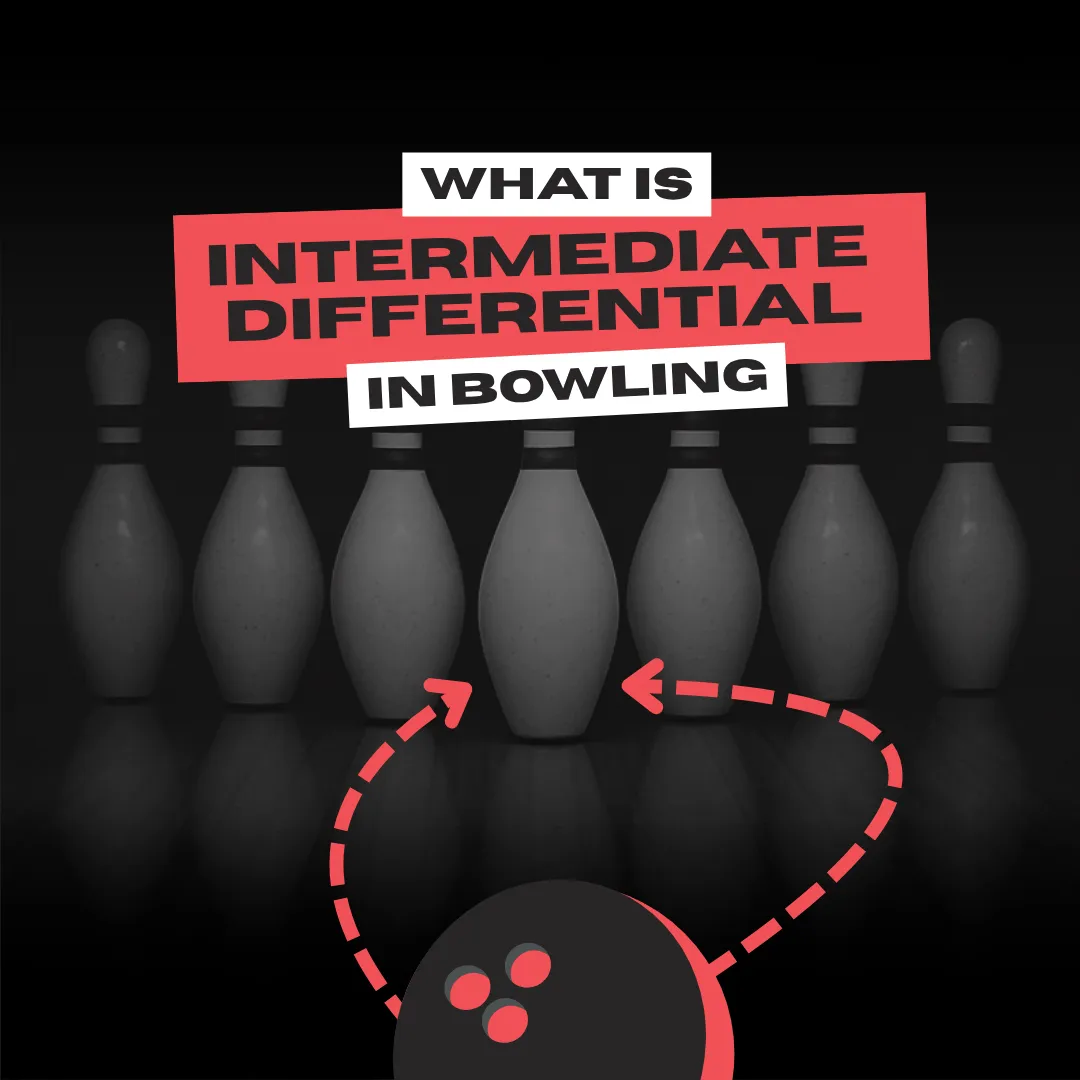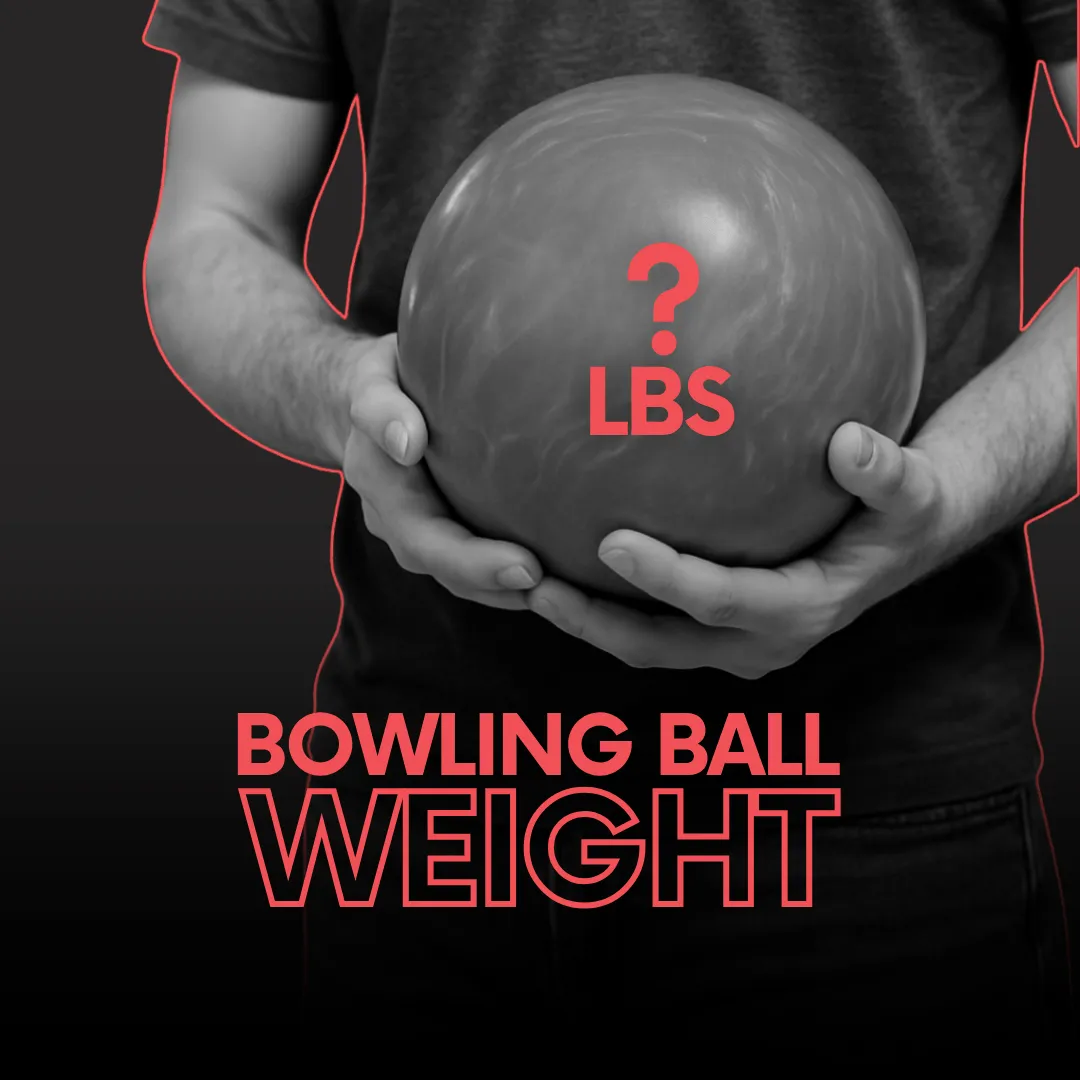In earlier times, bowlers were required to manually note their scores on paper and perform the calculations themselves. Nowadays, bowling alleys are equipped with automated systems that effortlessly compute scores of bowling players. Therefore, many bowling beginners do not know how to keep score in bowling.
Bowling scoring is based on a straightforward yet strategic system that adds a layer of complexity to the game. In this article we will explain to you how does bowling scoring work.

Bowling Scoring Basics: How It Works
The objective is simple: knock down as many pins as possible across 10 frames. But bowling scoring has its quirks—especially when it comes to strikes and spares, which give you bonus points based on your next rolls.
Aim is to knock down all ten pins with your first roll.
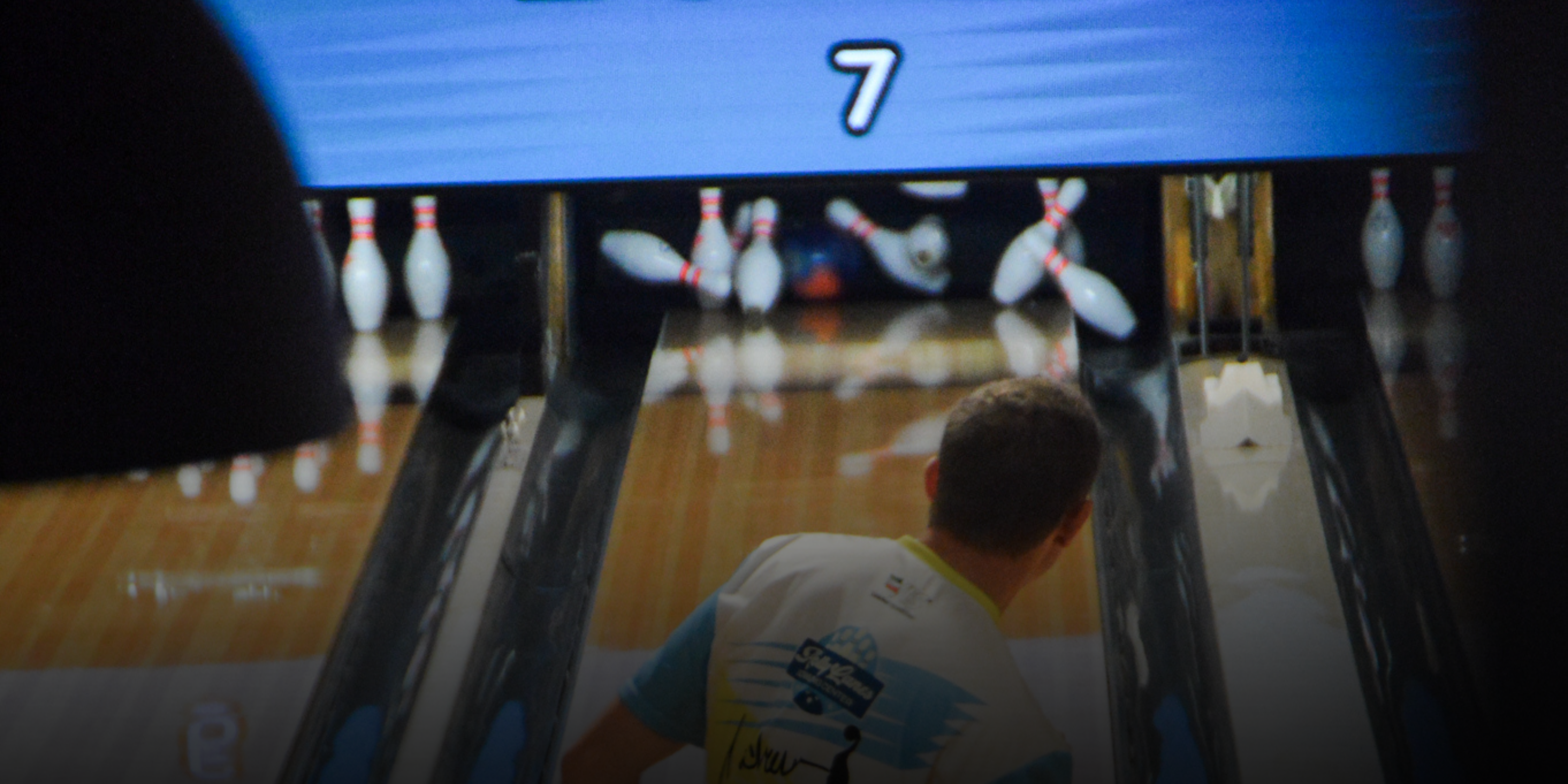
How Many Frames Are in a Game of Bowling?
A standard game of ten-pin bowling has 10 frames. In each frame, you get two attempts to knock down all 10 pins—except in the 10th frame, where you can earn up to two extra shots if you score a strike or spare.
Strike and Spare
A strike occurs when you knock down all ten pins at your first attempt in a single frame. A strike, earns 10 points plus the total of the next two rolls. A strike is commonly indicated with an “X”.
Let’s say you roll a strike in the 1st frame. In frame 2, you roll a 7 and then a 1. Your score would be:
- Frame 1: 10 (strike) + 7 + 1 = 18
- Frame 2: 7 + 1 = 8
- Total score after two frames: 26
A spare, knocking down all pins with both rolls in a frame, is not as good as strike, but it brings you additional points too. A spare earns 10 points plus the next roll's score. A spare is indicated with an "/".
In the same example, if you made a spare instead of a Strike in your first frame, your total now would be 25:
- Frame 1: 10 (spare) + 7 = 17
- Frame 2: Continue counting from there: 17+7+1=25
What's a Good Bowling Score?
This is one of the most searched questions online—so let’s break it down.
What Is a Good Bowling Score for a Beginner?
If you’re new to the game, a good bowling score is around 100. That might not sound high, but for most beginners, learning consistent technique is more important than hitting big numbers. As you improve, breaking the 150 mark is a solid next goal.
What's a Good Bowling Score for an Experienced Player?
For league bowlers or experienced amateurs, a good score in bowling is usually above 180–190.
What Is a Good Score in Bowling for Professionals?
Elite bowlers often average 220 to 240 or higher, depending on lane conditions. On tougher oil patterns, anything over 200 is considered solid.

What is a perfect score in bowling?
A perfect bowling score is 300, achieved by rolling 12 consecutive strikes—one in each of the 10 frames, plus two bonus shots in the 10th. It’s the holy grail for serious bowlers and a rare feat, even for professionals.
| Skill Level | Average Score Range | What’s Considered Good | Notes |
| Beginner | 70 – 120 | 100+ | Focus on learning form, consistency, and spares. |
| Advanced | 150 – 190 | 180–190+ | Regular league bowlers often fall in this range. |
| Pro | 210 – 240+ | 220–240+ | Scoring depends on oil patterns and lane conditions. |
| Perfect Game | 300 | 300 | 12 consecutive strikes. Very rare, even for pros. |
Bowling Beyond the Numbers
Now that you know how to keep score in bowling—and what makes a good bowling score at every level—you’re ready to enjoy the game with more confidence. Whether you're aiming for 100, 200, or 300, understanding the rules helps you track progress and make smarter decisions on the lanes.
Bowling isn’t just about the math. It’s about consistency, improvement, and having a good time. So grab your ball, hit the lanes, and enjoy the challenge—one frame at a time.
FAQ: Bowling Scoring Explained
How is a strike scored in bowling?
A strike earns 10 points plus the total of your next two rolls.
How is a spare scored?
A spare gives you 10 points plus the score of your next roll.
How many frames are in a bowling game?
There are 10 frames. In the 10th frame, you may get up to 3 shots if you score a strike or spare.
What’s a good bowling score for beginners?
A score of 100 or more is a great start. Many beginners aim to eventually break 150.
What is considered a good score in bowling for pros?
A consistent score above 200 is strong. Top players average 220–240+, depending on lane conditions.
How do I improve my bowling score?
Focus on fundamentals: ball control, spare shooting, consistent form, and choosing the right bowling ball.
Can I get a good score as a beginner?
Absolutely! Progress is what matters most. Keep practicing and celebrate the milestones.
